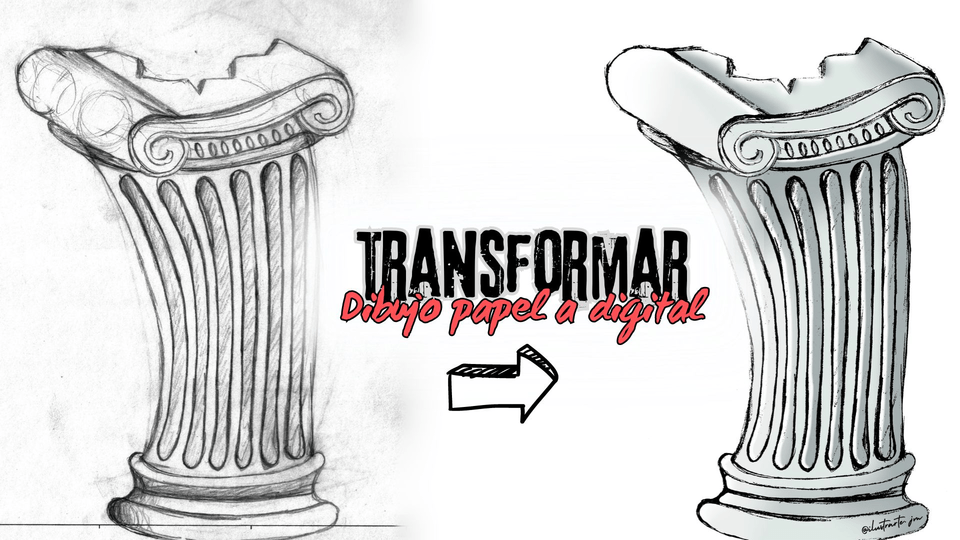How to Draw a Train
How to Draw a Train: A Step-by-Step Guide for Beginners
Drawing is an incredible way to unleash your creativity and express yourself artistically. It can be both a calming and exciting activity, allowing you to escape reality and enter a world of your own creation.
One popular drawing subject is trains. Whether it's a classic steam engine or a modern bullet train, trains are fascinating machines that have captured the imagination of people of all ages for generations.
In this article, we will provide a step-by-step guide on how to draw a train, perfect for beginners who want to learn the basics of drawing.
Step 1: Sketch the Outline
The first step in drawing a train is to sketch out the basic outline. Start by drawing a small rectangle near the top of your paper. This will represent the train's cab, where the driver sits. Then, draw a larger rectangle underneath the cab. This rectangle will be the main body of the train.
Next, draw a smaller rectangle at the front of the main body. This will be the train's nose. Finally, add a long, narrow rectangle at the back of the train. This will be the train's tail.
Using your ruler, connect the rectangles together to complete the basic outline of the train.
Step 2: Add Details
Now that you have the basic outline of the train, it's time to add some details. Starting at the top of the cab, draw a small circle to represent the headlight. Then, draw two smaller circles on either side of the headlight to represent the train's windows.
Moving down to the main body, draw a series of horizontal lines to represent the train's panels. At the front of the train, add some small details such as vents and grills.
Finally, at the back of the train, draw a series of rectangles to represent the train's wheels. Don't worry about getting the wheels perfect - we'll add more detail in the next step.
Step 3: Add Shading and Texture
To give your train drawing more depth and dimension, it's time to add shading and texture. Using your pencil, shade in the areas of the train where shadows would naturally fall - for example, underneath the cab and at the bottom of the main body.
Next, use short, light lines to add texture to the train's panels. This will make them look more like metal than just flat rectangles. Finally, add some shading and texture to the wheels to make them look more three-dimensional.
Examples of Train Drawings
There are many different types of trains you can draw, from classic steam engines to sleek high-speed trains. Here are a few examples of train drawings to inspire you:
A vintage steam engine, complete with smokestack and coal car
A modern bullet train, featuring sleek lines and futuristic details
A colorful commuter train, with each car painted a different color
A whimsical toy train, with oversized wheels and cartoonish details
Comparisons
Drawing a train may seem intimidating at first, but with practice, you'll be able to create beautiful works of art. Here are some comparisons to keep in mind as you work on your own train drawing:
Take your time. Drawing a train is a complex task that requires attention to detail and careful observation. Don't rush the process - take the time to get each element right.
Practice makes perfect. As with any skill, the more you practice drawing trains, the better you will become. Start with simple designs and work your way up to more complex trains.
Don't be afraid to make mistakes. Drawing is a learning process, and it's okay to make mistakes along the way. Use your eraser to correct any errors and keep working until you're happy with the final result.
Advice for Drawing Trains
Here are some additional tips and advice for drawing trains:
Use reference images. If you're struggling with a particular aspect of your train drawing, look up reference images online to see how other artists have tackled the same challenge.
Experiment with different styles. There are many different ways to draw a train, from realistic and detailed to whimsical and stylized. Try out different styles to find what works best for you.
Have fun! Drawing should be an enjoyable and rewarding activity. Don't get too caught up in perfection - remember to have fun and let your creativity flow.
Conclusion
Drawing a train can be a fun and challenging exercise for beginners and experienced artists alike.
By following these steps and practicing regularly, you'll be able to create impressive train drawings that capture the beauty and complexity of these fascinating machines.
So grab your pencil and paper, and get ready to embark on a journey of creativity and imagination as you learn how to draw a train.










Comment